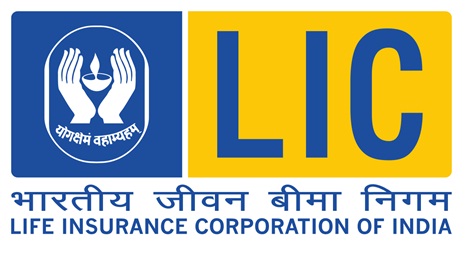What is Pure Life Insurance Plan? Best answer is Term Insurance Plan. What is the right time to get Term Insurance Plan? The short answer
would be, “as early as possible.” But that doesn’t mean a child should also buy
a term plan. There are various term & conditions that define the right time for anyone
to buy a term insurance life cover. First of all, it is important that you
understand ‘what is term plan after all? And what makes it important enough for
such consideration?’
What is Term Plan?
Term plan or term insurance plan is a
pure life insurance cover. The name term insurance (or term plan) refers to an
insurance contract where an insurer agrees to compensate your nominee(s) for a
specific premium cost.
Why Term Plan?
The purpose of insurance is to
minimize the financial stress on the family or insured in case a specific loss
occurs. For example, in case of life insurance, the
insurer pays the sum assured to the family of the insured, in the event of the
untimely demise of the insured. Thus, the family is saved from the financial
problem after the death of that insured person.
The term insurance cover sustains the
family’s financial stability in the worst circumstances.
Also Read : Term Insurance Plan Good or Bad Decision
Also Read : Term Insurance Plan Good or Bad Decision
How Will Term Cover Work?
Nowadays, insurers offer multiple pay-out options to make
dependents life easier after the claim. Following are the most prominently
offered pay-out options:
·
Lump-sum
·
Regular Income
·
Growing Regular Income
·
Lump-sum with regular income (fixed or growing)
The fourth option is quite useful if you think from your
dependents’ perspective who may not want to manage a large investment. The
lump-sum amount is useful in meeting the immediate financial needs,
liabilities, etc. and regular income for future.
What is the Ideal Age to Buy Term Plan?
Most term plans consider 18 years of age as the minimum eligible
age for availing a term cover. However, the ideal age for a term cover is
defined by the income earning potential of the individual. For example, a 40
years old person who is not employed and financially dependent on another may
not be eligible for a term cover, though at 20-year-old person earning Rs. 300,000 p.a. would be eligible.
Thus, whether your age is ideal for a term cover or not will
depend on:
·
If you are above 18 years of age
·
Your annual income
Benefits of Buying Term Cover Early
The premium on term insurance cover is quite affordable,
especially for younger buyers, since age is one of the major factors in premium
estimates. Also, since the premiums will remain the same, early buyers may
enjoy a very low term premium later in life.
How Much Life Cover You Need?
Since the purpose of term insurance is to meet your dependents
financial needs, it is better that you choose a sum assured that is large
enough for that. Usually, you can avail approximately 20 to 25 times of your
annual income as maximum sum assured.
Example: Suppose Pradip had the annual income
of Rs. 500,000 p.a. at the age of 30, thus maximum sum assured he could choose was
about Rs. 25 to 30 Lakh. He can, however, increase the sum assured as his
income increases or based on certain life events.
Term Insurance and Life Events
The life insurance need is not static throughout your life. It
changes with your income, lifestyle, the number of dependents and other
factors. After retirement, when you start earning out of your own savings from
your working years, and your liabilities are over, your life insurance need
could be zero.
Following life stages should make you revisit your term life
cover:
·
Marriage
·
Addition of a life (Child birth)
·
Lifestyle changes/upgrades
·
Income increase/Job changes
Whatever your age at this moment, if you have not considered a
term insurance so far, perhaps it is the right time to start.
Call me at 9958781151 or whatsapp to know more or book a term plan.















